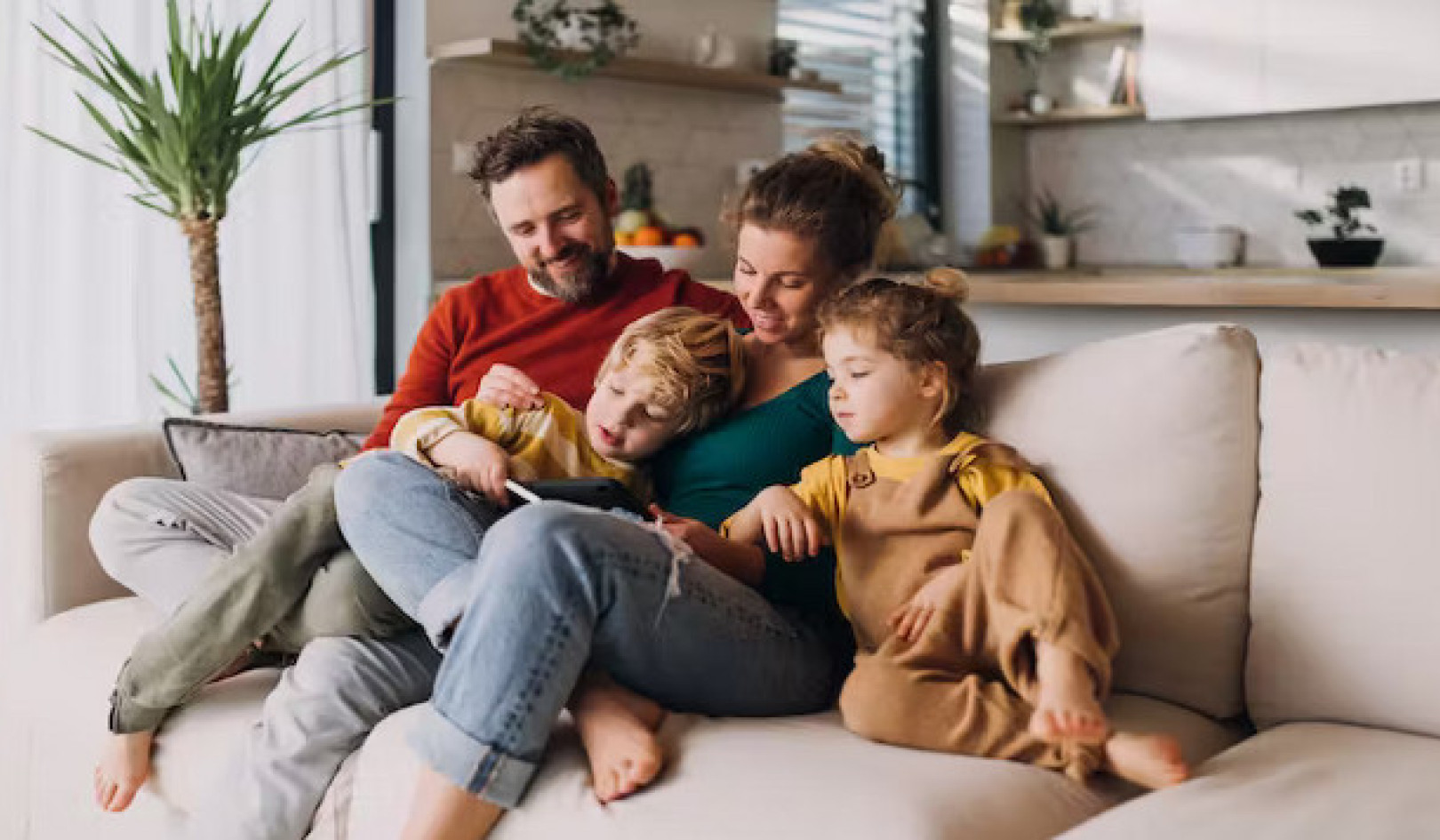Parents and caregivers often wait until their children are older to talk about sexual consent. And many parents often leave “the sex talk” altogether – hoping that schools will do it instead. The most recent guidance for teaching consent under the relationship and sex education curriculum simply advises that lessons should be provided before the end of secondary school. This could leave many young people without information about sexual consent before becoming sexually active.
Reports from 13,000 adolescents in the UK age 11 to 13 suggest that intimate activities such as holding hands, kissing and sexual touching is normal for this age group. Many of the adolescents reported having kissed by age 12 and having been touched or touched a partner under clothing. But without receiving lessons about consent, young adolescents could be engaging in sexual activity without agreement.
My ongoing PhD research looks at early adolescents’ beliefs about negotiating sexual consent for sexual activities. And I have found that, while young people in this age group understand sexual consent, it can be difficult for them to apply their understanding of consent to situations of sexual coercion. This is sexual activity that occurs as a result of pressure, trickery, threats or nonphysical force.
My research shows that, as early as age 11, both boys and girls buy into gender stereotypes of sexual behaviour – such as that the girl decides if sexual activity will happen. My research has also found that these young people endorse constructions of rape culture, specifically that of victim blaming.
It seems then that young people need guidance beyond just learning about consent when it comes to their romantic relationships. Here are four ways to teach children about consent, based on my research.
If it’s not yes then it’s no
Encourage the use of verbal, affirmative consent for every sexual activity, every time. The only way to be 100% sure that a partner consents is to receive a clear “yes”. Remind young people to check in with their partner. They can ask questions such as: “Is this okay?”, “Can I…?”, “Hey wanna…”
Another way to double-check how a partner feels is to check their body language and facial expression. Does their body language and facial expression match what they are saying? Are they moving in or pulling away from being kissed or touched?
Don’t fear rejection
You also need to talk to your child about rejection. Young people may be afraid to ask for consent because they fear rejection, instead opting to “just go for it”. Remind them that it is better to ask and be told “no” than to just go for it, seem aggressive and risk making their partner feel uncomfortable – possibly ruining the relationship.
Also, young people often report not wanting to say “no” to someone they like because they don’t want to hurt their feelings – potentially going along with unwanted sexual activity. Suggest ways they can respond to their partner. For example, “I like you, but I’m not ready” or “I don’t want to” or “no, not yet”. These suggestions, which came up in my research, come directly from young people about how they think best to handle rejection.

Teach young people that consent isn’t a one-off conversation, more an ongoing dialogue with your partner. 19msa05/shutterstock
Tackle the power of pressure
It’s important to also talk to young people about pressure. This can include pressure from partners or peers. Remind them that it is never okay to make someone take part in a sexual activity. This includes making the person feel guilty for not doing it, blackmailing or tricking them. There cannot be consent if a person feels pressured to engage in a romantic or sexual activity – this includes pressure to send and receive sexual images (sexting).
Empower young people to tell someone if their actions or words are making them uncomfortable. Moreover, teach young people that pressuring someone to engage in a romantic or sexual activity won’t make a person popular or “cool” but instead makes the person seem “creepy and desperate”.
Deconstruct stereotypes
Finally, challenge myths about girls and sexual activity – specifically, that girls are solely responsible for sexual activity occurring (if it occurs, she “let it happen”). From a young age, girls in our society are simply taught to “keep safe” with messages like “just say no” and “don’t let him…”. Stopping at these messages suggests that if something does go wrong, it is the girl’s fault.
An additional myth to challenge is that clothing can indicate consent. Certainly, some clothing can be “sexy” but that does not mean the person wearing the clothing is consenting to sexual activity or deserves to be disrespected.
It’s clear then that not only should the topic of consent be included when having “the talk” with kids, but young people should also be taught about consent through an ongoing dialogue. This should include conversations on acknowledging and respecting boundaries and discussions on healthy relationships.
Talking to young adolescents about consent can be difficult for parents and caregivers, because no one has all of the answers and consent can be tricky to understand – even for adults. But there are many free resources available from reputable organisations such as TeachConsent, RAINN and the Child Mind Institute.![]()
About the Author
Jennifer Cassarly, PhD Candidate in Developmental Psychology, Teesside University
This article is republished from The Conversation under a Creative Commons license. Read the original article.

Related Books:
Here are 5 non-fiction books on parenting that are currently Best Sellers on Amazon.com:The Whole-Brain Child: 12 Revolutionary Strategies to Nurture Your Child's Developing Mind
by Daniel J. Siegel and Tina Payne Bryson
This book provides practical strategies for parents to help their children develop emotional intelligence, self-regulation, and resilience using insights from neuroscience.
Click for more info or to order
No-Drama Discipline: The Whole-Brain Way to Calm the Chaos and Nurture Your Child's Developing Mind
by Daniel J. Siegel and Tina Payne Bryson
The authors of The Whole-Brain Child offer guidance for parents to discipline their children in a way that promotes emotional regulation, problem-solving, and empathy.
Click for more info or to order
How to Talk So Kids Will Listen & Listen So Kids Will Talk
by Adele Faber and Elaine Mazlish
This classic book provides practical communication techniques for parents to connect with their children and foster cooperation and respect.
Click for more info or to order
The Montessori Toddler: A Parent's Guide to Raising a Curious and Responsible Human Being
by Simone Davies
This guide offers insights and strategies for parents to implement Montessori principles at home and foster their toddler's natural curiosity, independence, and love of learning.
Click for more info or to order
Peaceful Parent, Happy Kids: How to Stop Yelling and Start Connecting
by Dr. Laura Markham
This book offers practical guidance for parents to shift their mindset and communication style to foster connection, empathy, and cooperation with their children.

























